Mendik Tepe: the ancient site rewriting human history
Excavations of Neolithic site in Turkey suggest human settlements more than 12,000 years ago
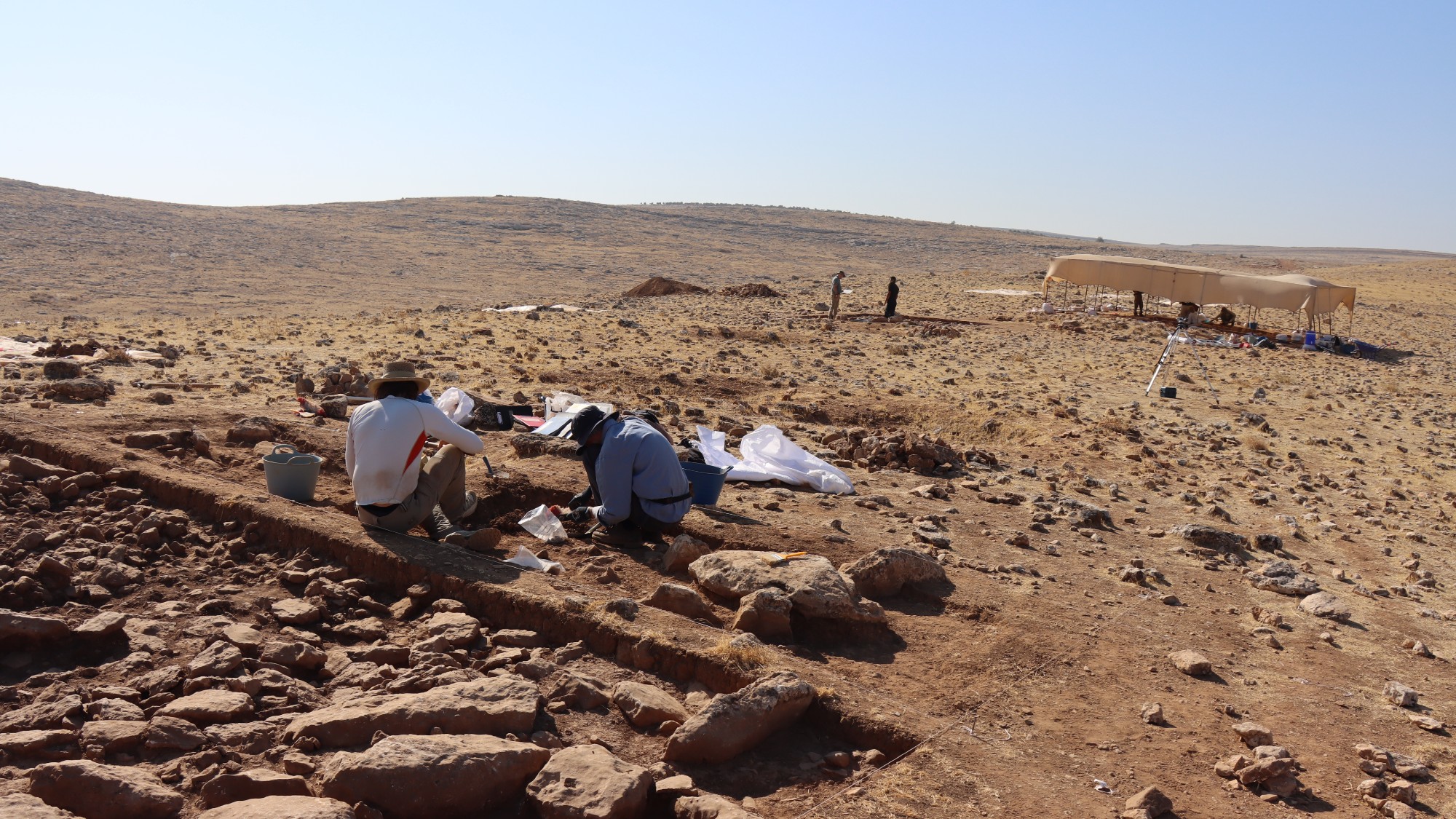
The 12,000-year-old Göbekli Tepe site in Turkey is often called the “zero point of history”, said The Archaeologist. But recent excavations at the nearby Mendik Tepe site suggest it dates back even further, and could offer “newer insights into humanity’s earliest steps toward settled life”.
‘Earliest stages’ of human settlement
Mendik Tepe (Mendik Hill or Peak) is in a rural area of southeastern Anatolia, about 130 miles east of the city of Şanlıurfa. It’s in this region that the first permanent human settlements are thought to have been established in the early Neolithic period. A Turkish Culture and Tourism Ministry project called Taş Tepeler (Stone Hills) is overseeing architectural digs in the area.
Excavation at Mendik Tepe got under way last year, led by University of Liverpool archaeology professor Douglas Baird, working with the Şanlıurfa Archaeology Museum and the British Institute of Archaeology. According to the experts, said The Archaeologist, the site dates to “the earliest stages of the Neolithic Era”, when humans began to abandon “mobile foraging” for a more “sedentary lifestyle, possibly experimenting with plant cultivation”. The “site seems to capture the very beginnings of that transformation”, dating it to as much as 2,000 years before Göbekli Tepe, Baird told the magazine.
The Week
Escape your echo chamber. Get the facts behind the news, plus analysis from multiple perspectives.

Sign up for The Week's Free Newsletters
From our morning news briefing to a weekly Good News Newsletter, get the best of The Week delivered directly to your inbox.
From our morning news briefing to a weekly Good News Newsletter, get the best of The Week delivered directly to your inbox.
‘Exciting’ look at Neolithic life
The excavations have already unearthed several buildings of various sizes, raising questions about their function and significance.
While structures excavated at Göbekli Tepe have massive T-shaped stone pillars, decorated with carvings of people and animals, the pillars on buildings at Mendik Tepe are smaller and not T-shaped. This suggests that the two communities “possessed a different ideology” or that Mendik Tepe “was constructed for different purposes”, said The Debrief.
The whole Taş Tepeler region is “particularly exciting” for archaeologists, Baird told the Turkish Anadolu Agency, because it allows for the study of “a network” of Neolithic settlements and their development “on a larger, regional scale”.
A free daily email with the biggest news stories of the day – and the best features from TheWeek.com
Alex Kerr joined The Week as an intern for four months in 2025, covering global news, arts and culture. A third-year undergraduate student at New York University’s Gallatin School of Individualised Study, Alex studies politics, social justice and the written word. During her time in New York, she was a staff writer for WNYU Radio’s STATIC, a student-led underground music magazine. Her interests include left-wing and American politics, alternative music and culinary journalism. After graduating, she intends to pursue an MSc in political theory.
-
 ‘Consistency at the ballot box isn’t nearly as meaningful to many voters here’
‘Consistency at the ballot box isn’t nearly as meaningful to many voters here’Instant Opinion Opinion, comment and editorials of the day
-
 8 musicals to see this winter, all across the United States
8 musicals to see this winter, all across the United Statesthe week recommends New shows and reconsidered productions are on the move
-
 Rob Reiner, wife dead in ‘apparent homicide’
Rob Reiner, wife dead in ‘apparent homicide’speed read The Reiners, found in their Los Angeles home, ‘had injuries consistent with being stabbed’
-
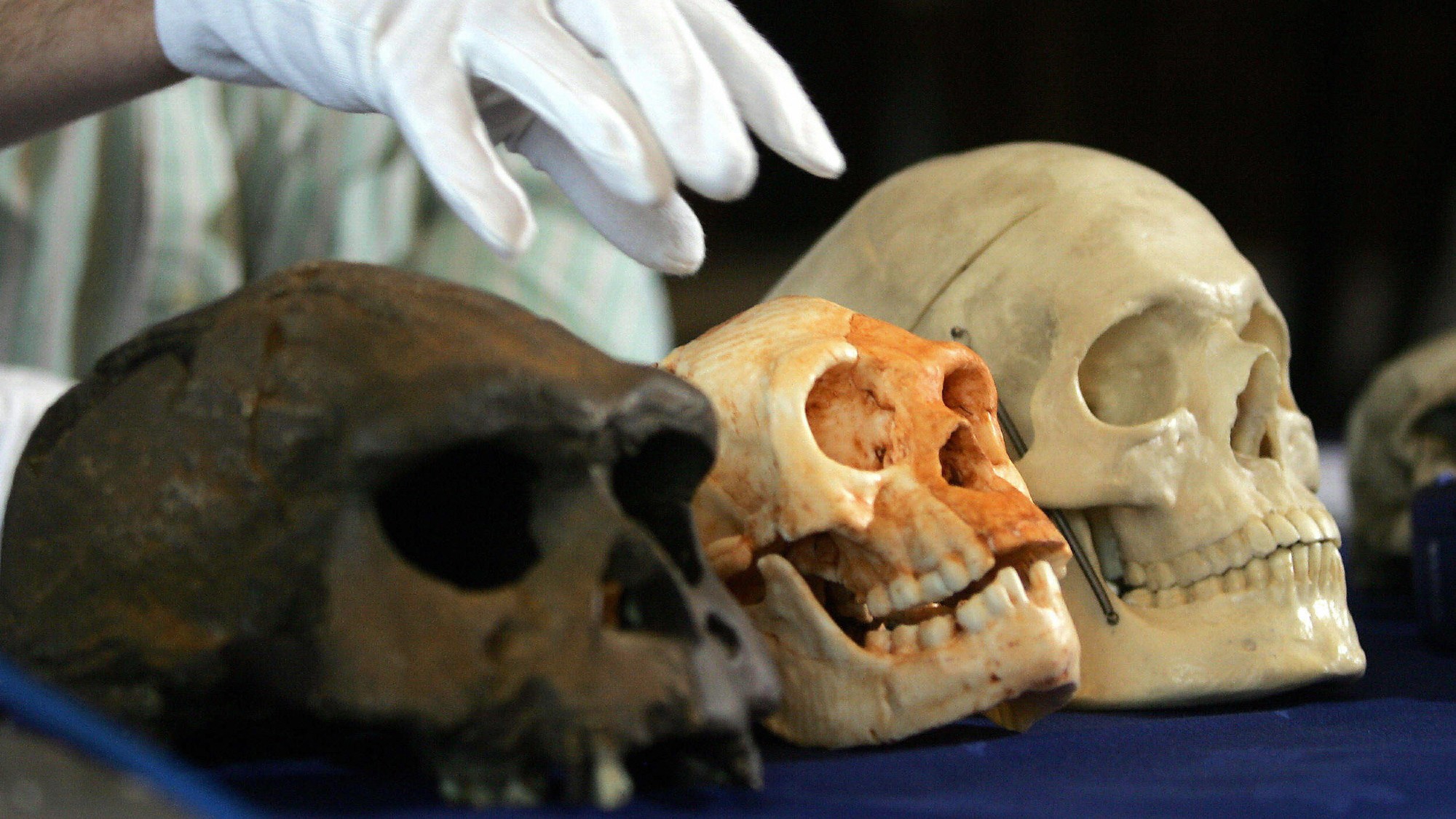 Homo floresiensis: Earth’s real-life ‘hobbits’
Homo floresiensis: Earth’s real-life ‘hobbits’Under the Radar New research suggests that ‘early human pioneers’ in Australia interbred with archaic species of hobbits at least 60,000 years ago
-
 The seven strangest historical discoveries made in 2025
The seven strangest historical discoveries made in 2025The Explainer From prehistoric sunscreen to a brain that turned to glass, we've learned some surprising new facts about human history
-
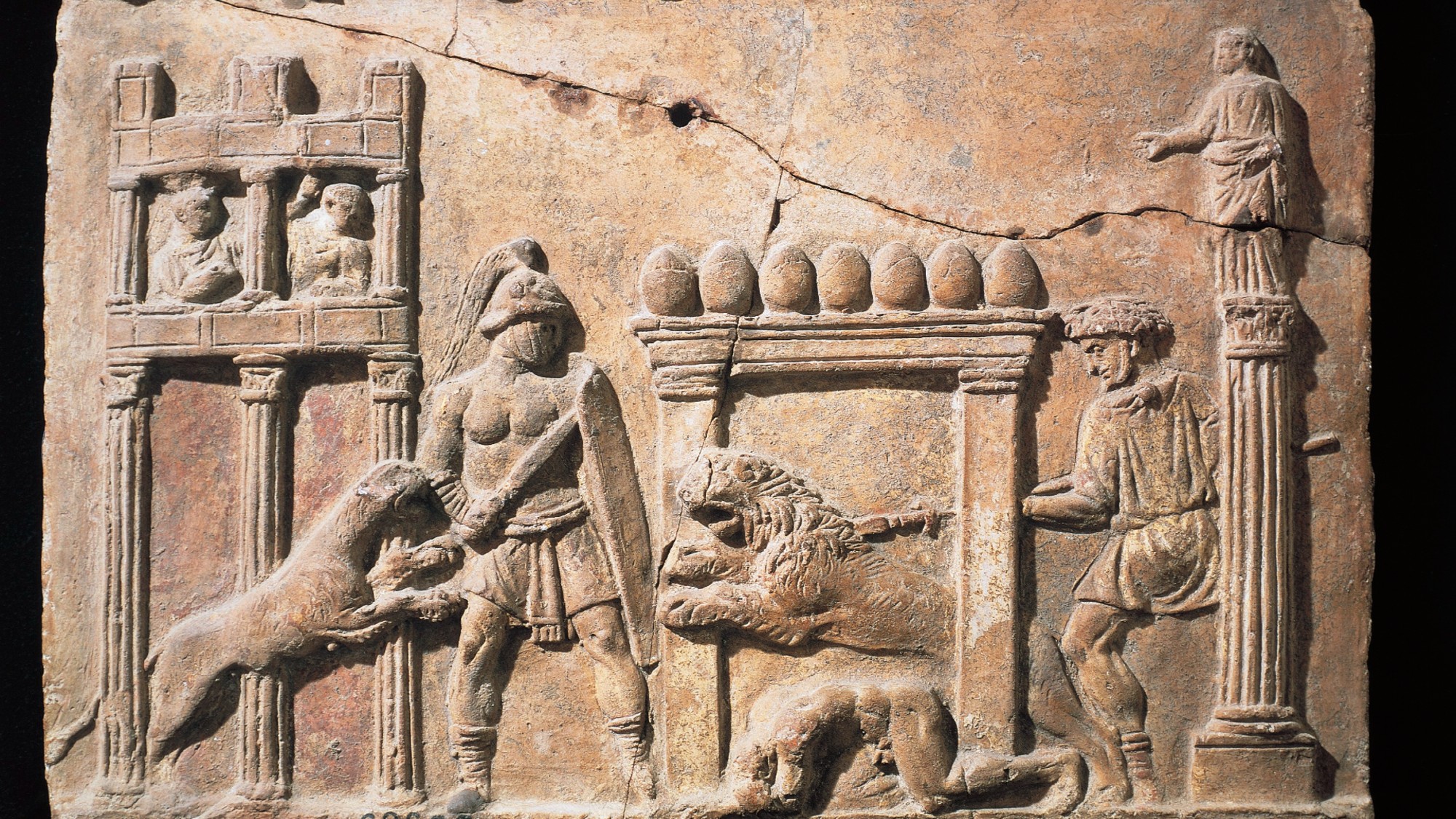 Scientists have found the first proof that ancient humans fought animals
Scientists have found the first proof that ancient humans fought animalsUnder the Radar A human skeleton definitively shows damage from a lion's bite
-
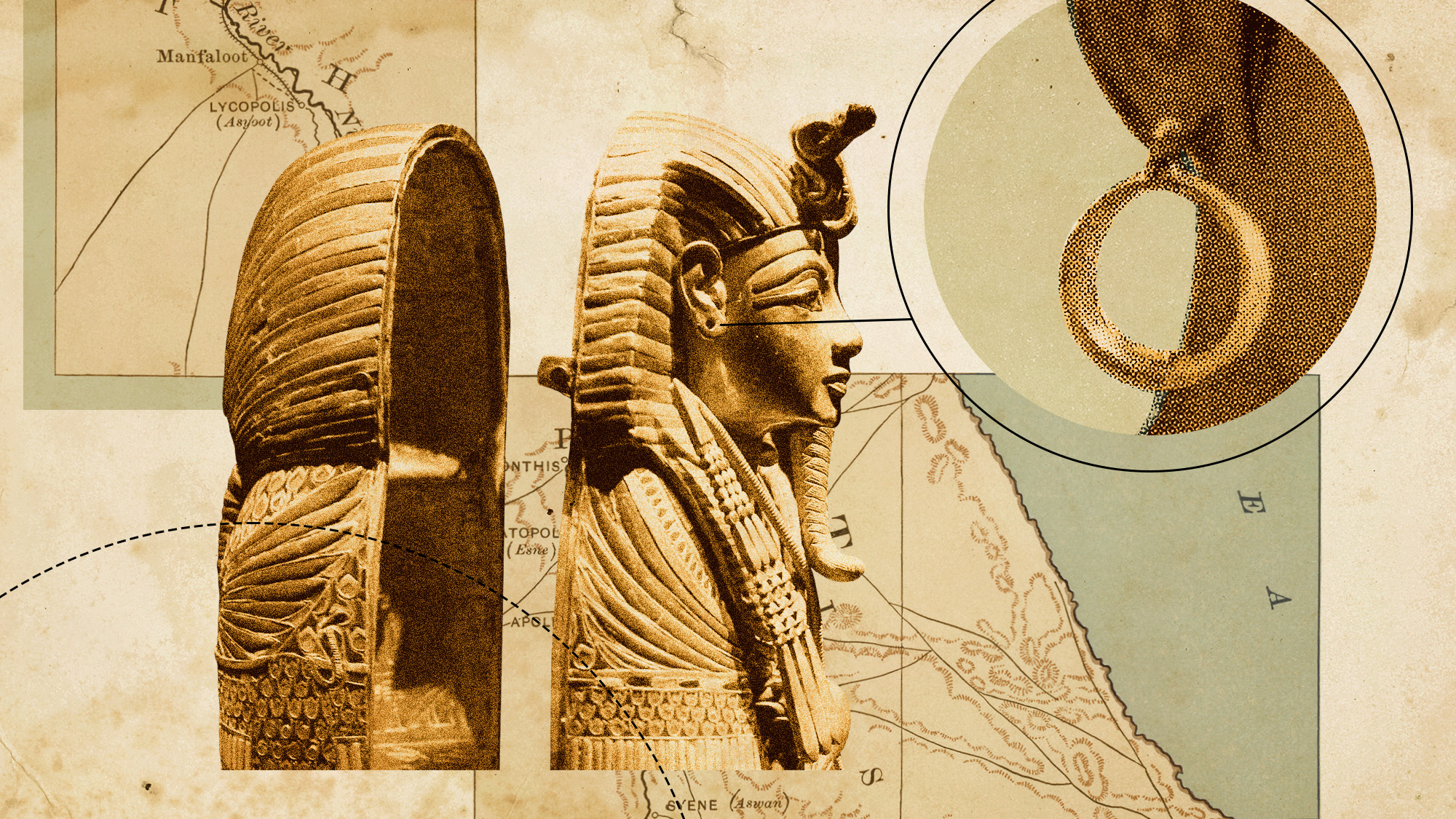 Tutankhamun: the mystery of the boy pharaoh's pierced ears
Tutankhamun: the mystery of the boy pharaoh's pierced earsUnder the Radar Researchers believe piercings suggest the iconic funerary mask may have been intended for a woman
-
 The discovery that sheds new light on the Knights Templar
The discovery that sheds new light on the Knights TemplarIn Depth Medieval tombs linked to the Holy Grail crusaders have been uncovered in a Staffordshire churchyard
-
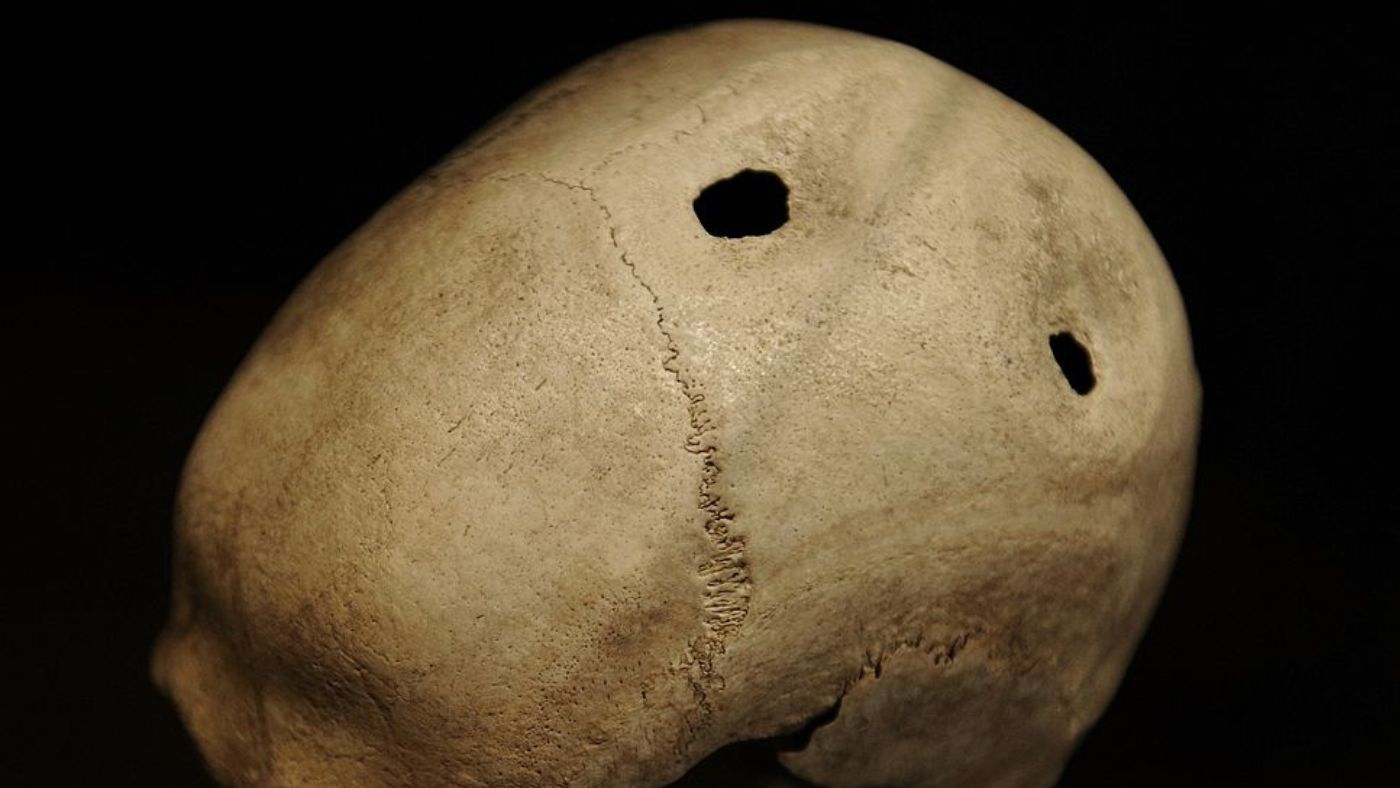 Rare brain surgery performed 3,500 years ago
Rare brain surgery performed 3,500 years agoSpeed Read Archaeologists discover punctured skull dating back to 1500BC below floor of Israel home
-
 Archaeologists map Roman city using ‘quad bike and radar’
Archaeologists map Roman city using ‘quad bike and radar’Speed Read New scanning system reveals ‘elaborate’ details of ancient settlement
-
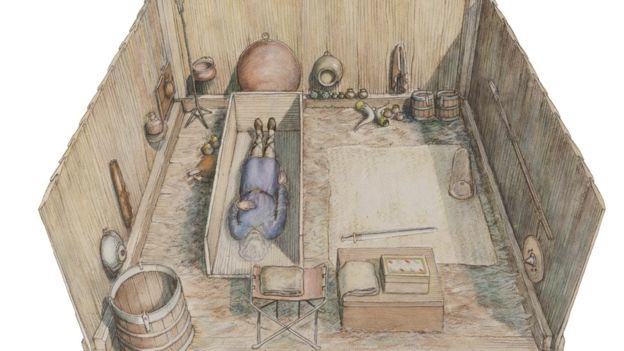 The Aldi prince: what we know about ‘Essex’s answer to Tutankhamun’
The Aldi prince: what we know about ‘Essex’s answer to Tutankhamun’In Depth New analysis suggests ancient burial site near Southend was last resting place of Anglo-Saxon royal